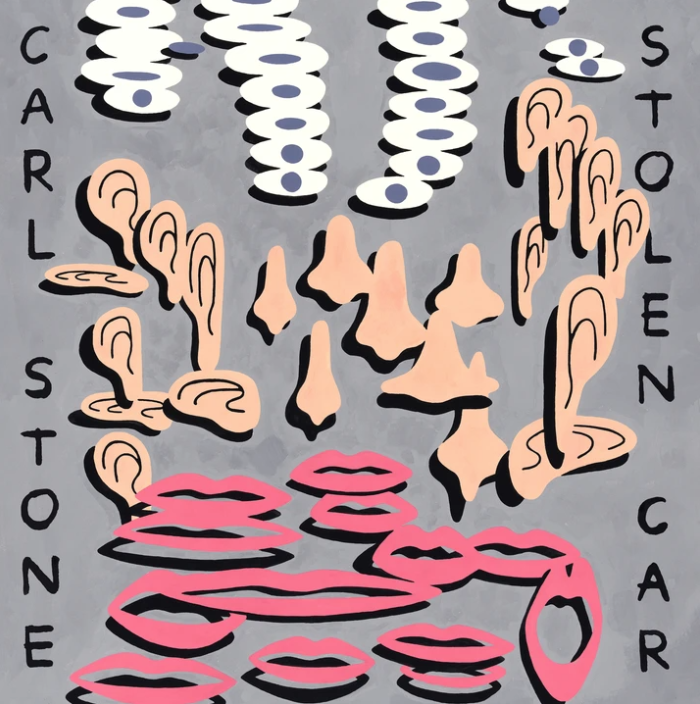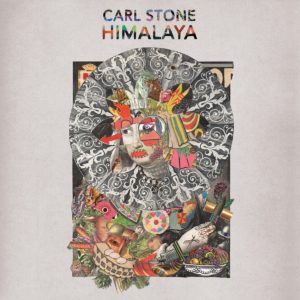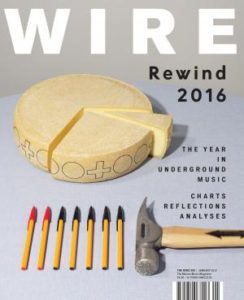 We Jazz Records presents the second volume of their reworks albums dealing with source material from the Helsinki-based label’s catalog. This time around, it’s Carl Stone’s turn to tackle the source albums at hand and filter the label’s output through his musical lens.
We Jazz Records presents the second volume of their reworks albums dealing with source material from the Helsinki-based label’s catalog. This time around, it’s Carl Stone’s turn to tackle the source albums at hand and filter the label’s output through his musical lens.
We Jazz Reworks is an idea that repurposes some of the label’s output 10 albums at a time. That is, the label invites producers whose music they love on board, and one by one, they tackle 10 albums worth of source material, of which they are free to use as much or as little as they choose. The series evolves chronologically, so this volume being number two, the source material is pulled from We Jazz LPs numbers 11 through 20. The artist has complete freedom.
Volume 2 in the series happens with Carl Stone, a legendary figure in creative music. His career spans decades of unlimited musical innovation. Stone’s recent output on Unseen Worlds, the label who has also been instrumental in issuing some of his remarkable earlier work, ranks among the most original art of our time and renders notions such as “genre” virtually meaningless.
Here, We Jazz originals by Terkel Nørgaard, OK:KO, Jonah Parzen-Johnson and more are met here with a fresh sense of discovery, spun around and delivered ready for the turntable once again.
Carl Stone says:
“It was wonderful that We Jazz gave me carte blanche to work with any materials from the set of ten releases in its catalog. This freedom to work with everything could have been a mixed blessing though, as it could be a challenge to try to deal with so much musical information. In the end I did what I almost always do: Let my intuition be my guide and to seize upon any musical items that seemed to fit into an overall approach.”
“To make a new piece I usually start with an extended period of what really is just playing, the way a child plays with toys. Experimentation without necessary expectation, leading to (hopefully) discovery of things of musical interest, then figuring out a way to craft and shape these into a structured piece of music. Each track uses a different approach, which I found along the way during this play period.”
This conceptual approach becomes complete with the design, in which album graphics are treated in a similar fashion, reworking what’s there. This time around, the artwork is reinvented by Tuomo Parikka, a regular cover collage contributor for the We Jazz Magazine.
CURACAO BLUE TRANSPARENT VINYL, INSIDE OUT SLEEVE, OBI W/ LINER NOTES, PRINTED INNER SLEEVE WITH SOURCE ALBUM DESIGN REFLECTIONS.



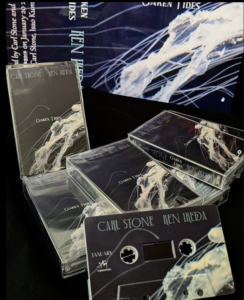
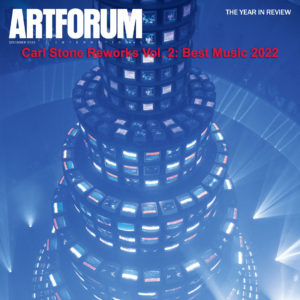
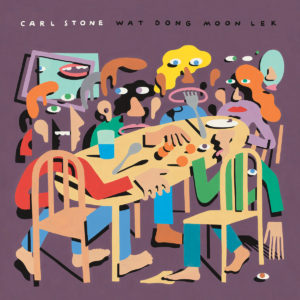
 We Jazz Records presents the second volume of their reworks albums dealing with source material from the Helsinki-based label’s catalog. This time around, it’s Carl Stone’s turn to tackle the source albums at hand and filter the label’s output through his musical lens.
We Jazz Records presents the second volume of their reworks albums dealing with source material from the Helsinki-based label’s catalog. This time around, it’s Carl Stone’s turn to tackle the source albums at hand and filter the label’s output through his musical lens.
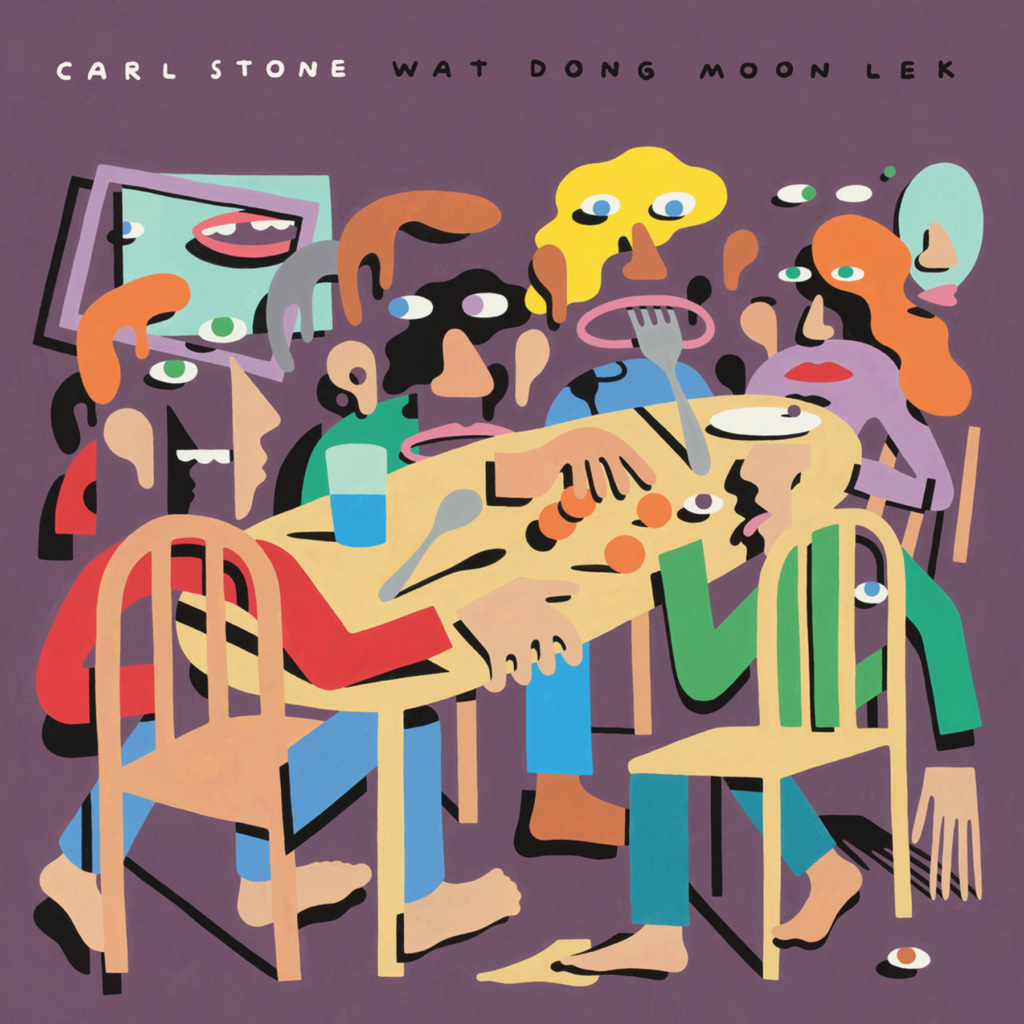

 The reviews of Stone’s 2022 release Wat Dong Moon Lek are starting to come in. Read them
The reviews of Stone’s 2022 release Wat Dong Moon Lek are starting to come in. Read them 